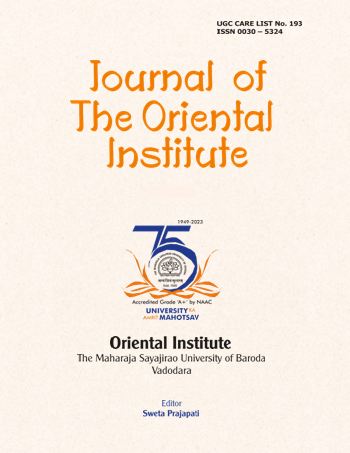BRIDGING DIVIDES: TRANSITIONING FROM RELIGIOUS TO SECULAR TOURISM IN MATHURA AND VRINDAVAN
##semicolon##
https://doi.org/10.8224/journaloi.v73i4.599##semicolon##
Religious Tourism##common.commaListSeparator## Secular Tourism##common.commaListSeparator## Mathura and Vrindavan##common.commaListSeparator## Conceptual Model##common.commaListSeparator## Tourism Management##common.commaListSeparator## Sustainable Tourismसार
For a long time, tourism has been a major force behind economic growth, creating jobs and supporting the general upkeep of states, nations, and regions. As the 'Country of Faith,' India draws tourists with its rich spiritual legacy, which is represented in its many temples, mosques, gurudwaras, cathedrals, and monasteries. Of these, Uttar Pradesh's twin cities of Mathura and Vrindavan are particularly significant spiritual hubs that attract pilgrims and visitors from all over the world. However handling the large number of visitors is a difficult task, which is what motivated this study. This study's main goal is to investigate the variables affecting religious tourism in Mathura and Vrindavan. This study creates a Conceptual model to investigate the connections between different elements that affect religious tourism. To ensure sustainable growth for these famous places, the study also attempts to suggest a strategic framework for developing secular tourism in addition to religious tourism. The results offer valuable perspectives that can improve tourist administration and support a well-rounded strategy for promoting both religious and secular travel in the area.








